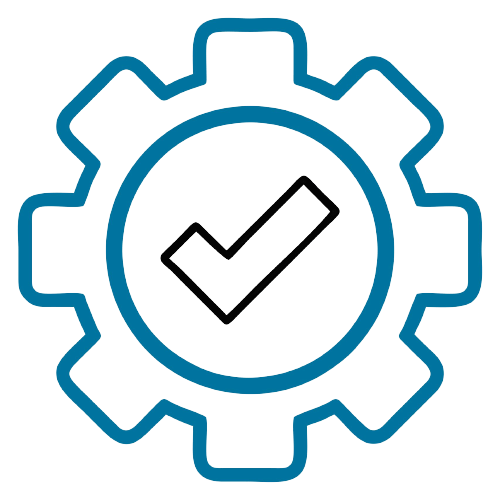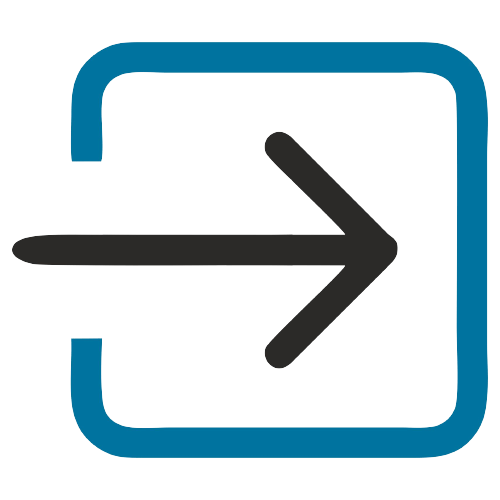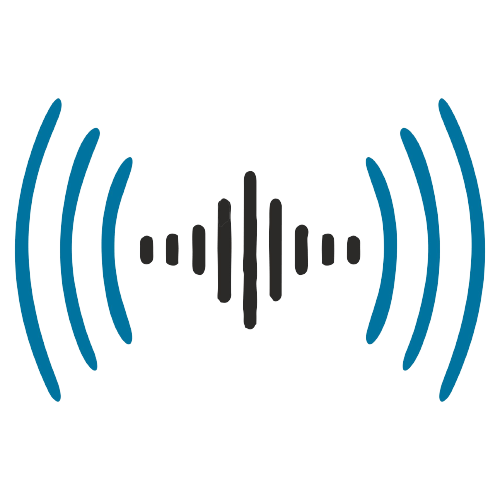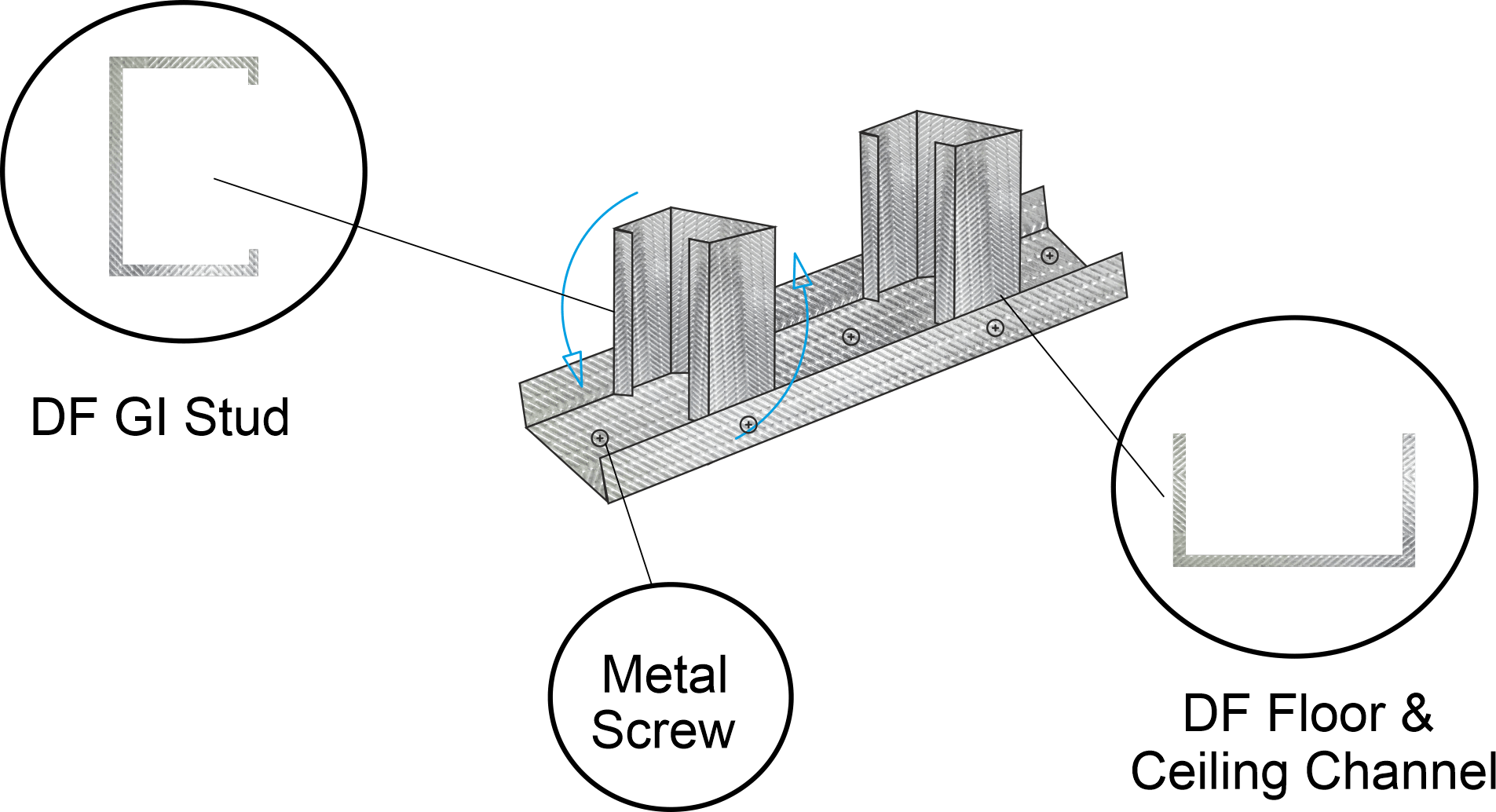Wear protective equipment such as gloves, goggles, masks, and hard hats. Drywall dust can irritate the eyes, nose, and throat, and cause respiratory problems. Sharp edges and nails can cause cuts and punctures. Falling objects can cause head injuries. Use the right tools and materials for the job. Make sure the metal studs are straight and aligned, and the gypsum boards are cut to the right size and shape.
Follow the manufacturer's instructions and local building codes. Check the load-bearing capacity and fire rating of the drywall partition system before installing it. Use appropriate fasteners and supports to secure the system to the floor, ceiling, and walls. Leave enough space for electrical wiring, plumbing, and ventilation.
















































